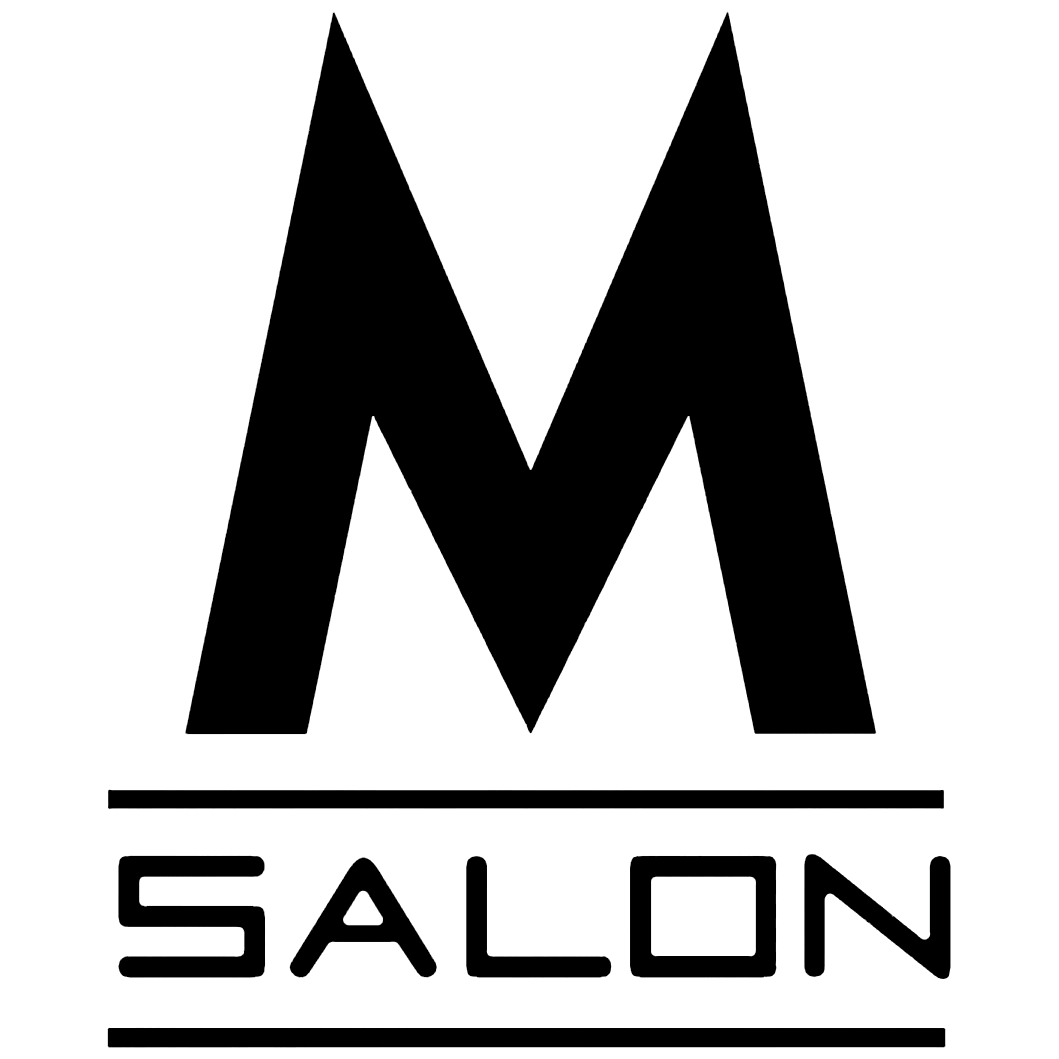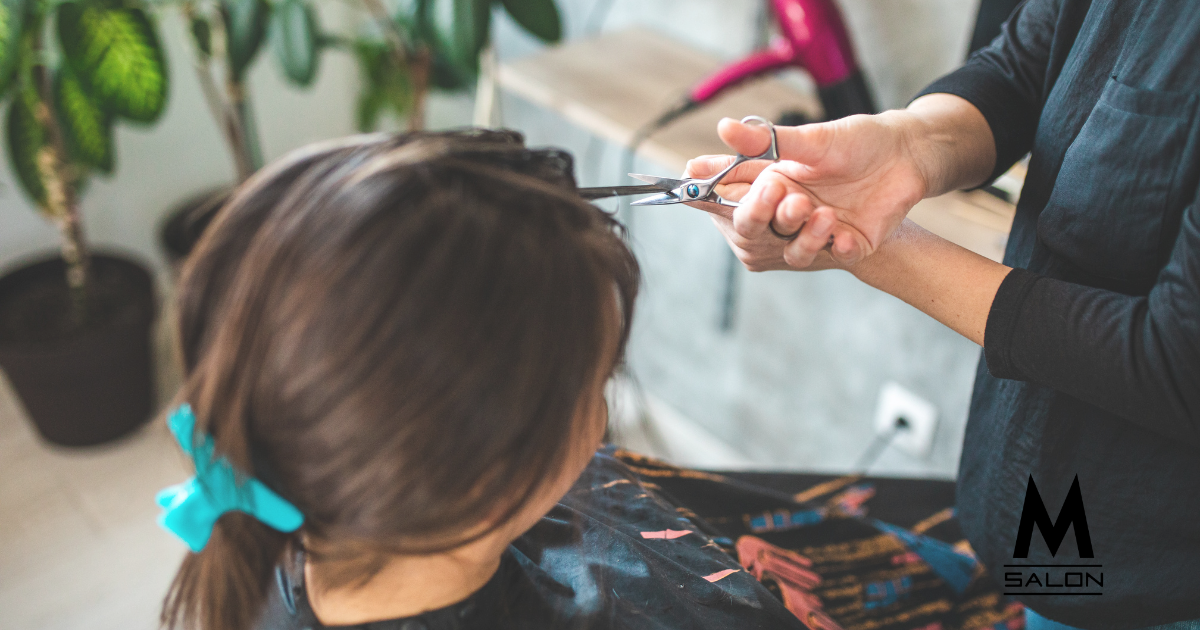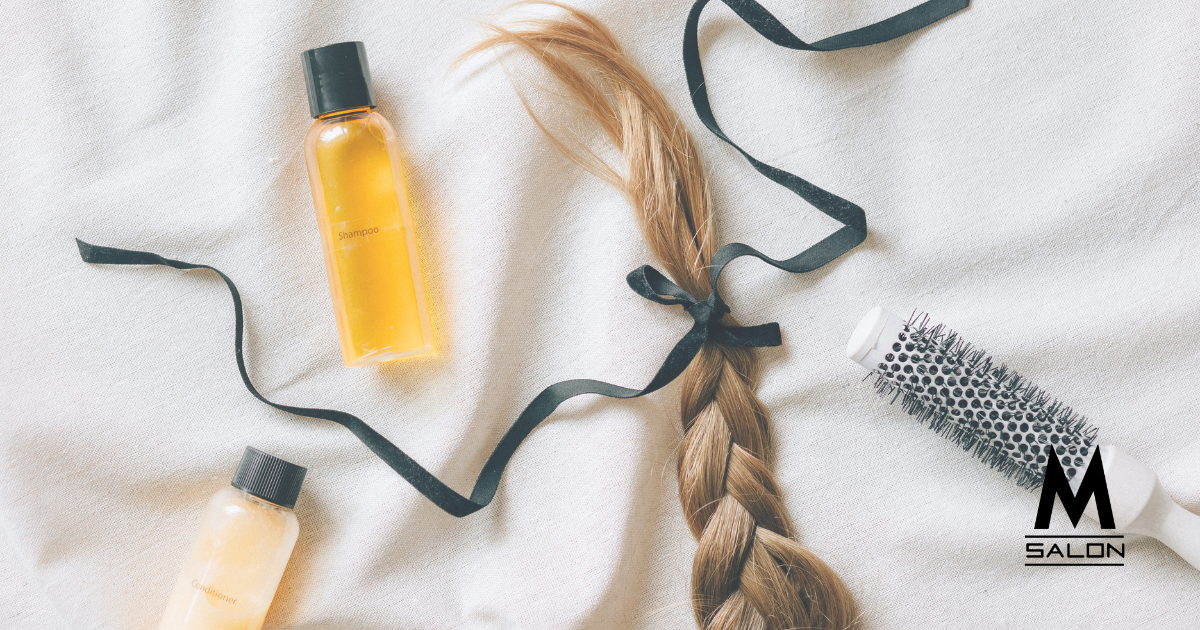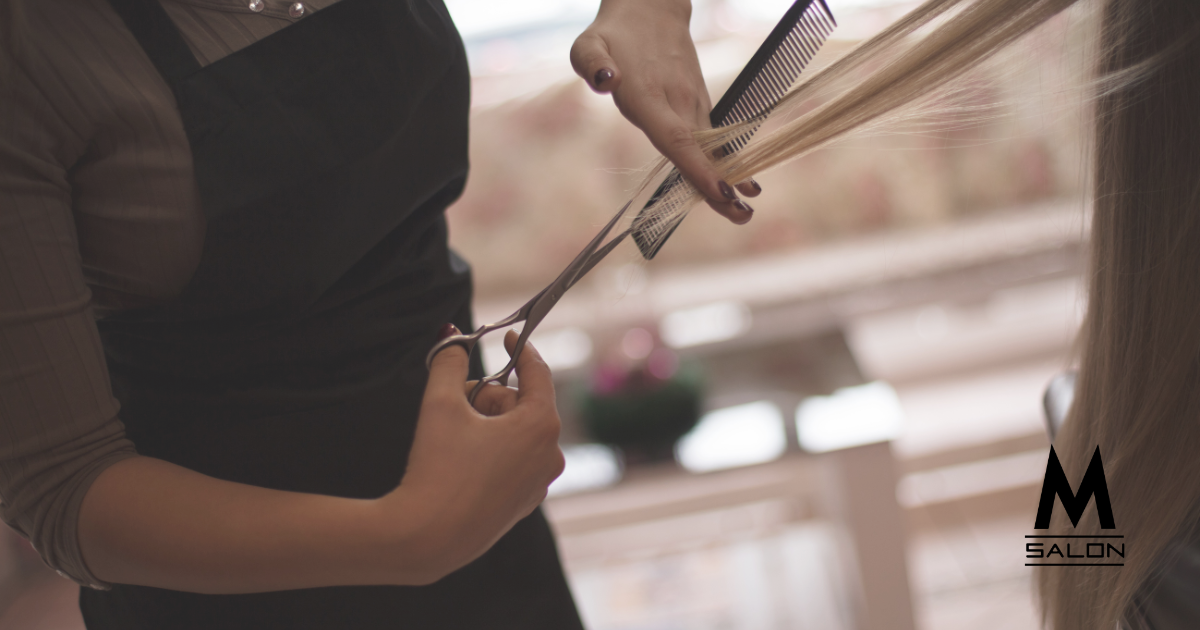How to Tell if Your Hair is Healthy or Unhealthy
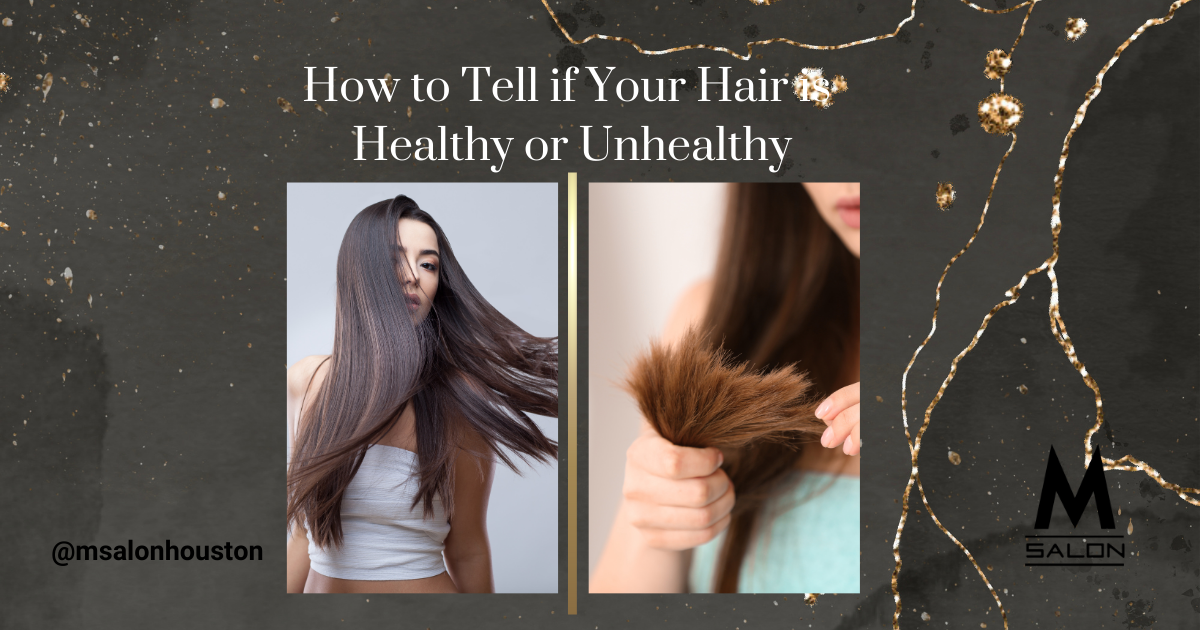
Healthy hair isn’t just about looking good—it’s a reflection of your overall well-being and confidence. When your locks are in top shape, they shine, bounce, and feel resilient, making you feel fabulous.
But how do you know if your hair is truly healthy, or if it’s in need of some TLC? In this post, we'll explore the clear signs of healthy vs. unhealthy hair and offer some actionable tips to help you maintain those beautiful tresses.
Signs of Healthy Hair
Shine
One of the first indicators of healthy hair is its shine. When your hair cuticles lie flat, they reflect light, giving your hair a glossy, vibrant appearance. This natural sheen is not just about aesthetics; it signifies that your hair's outer layer is intact and well-moisturized. If your hair effortlessly shines in sunlight or under indoor lighting, it's a good sign that it's healthy.
Elasticity
Elasticity is another crucial sign of hair health. Healthy hair can stretch slightly when wet and return to its original length without breaking. This flexibility indicates that your hair is strong and resilient. To test your hair’s elasticity, gently pull a strand when it’s damp. If it stretches a bit and then returns to its normal length, your hair has good elasticity.
Minimal Breakage
Healthy hair experiences minimal breakage. When you comb or brush your hair, there should be few to no strands left behind. High levels of breakage may indicate underlying issues such as dryness or damage. To minimize breakage, use a wide-tooth comb and avoid yanking at knots.
Common Causes of Hair Damage
Heat Styling
Heat styling tools like flat irons, curling wands, and blow dryers can cause significant damage to your hair. The high temperatures break down the hair's protein structure, leading to dry, brittle strands. If you frequently use these tools, make sure to apply a heat protectant spray to minimize damaged hair.
Styling Your Hair When Wet
Styling your hair when it's wet can lead to increased damage and breakage, as wet hair is more susceptible to harm. It's best to let your hair air dry slightly before using styling tools or techniques, allowing the cuticles to close and reducing the risk of long-term damage.
Over washing
Washing your hair regularly too often can strip it of its natural oils, leading to dull hair, dryness and irritation. While clean hair feels great, over washing disrupts the scalp's natural balance. Aim to wash your hair 2-3 times a week, and use a sulfate-free shampoo to maintain healthy hair moisture.
Poor Nutrition
Your diet plays a vital role in your hair's health. Lack of essential nutrients like vitamins, minerals, and proteins can weaken your hair, making it prone to breakage and dullness or even cause thinning hair. Incorporate foods rich in omega-3 fatty acids, iron, and vitamins A, C, and E to nourish your hair from within.
Signs of Unhealthy Hair
Excessive Dryness
Dry hair lacks moisture, making it look and feel straw-like. This condition is often a result of over-washing, harsh chemical treatments, or exposure to environmental factors like sun and wind. If your hair feels rough and dry to the touch, it’s a sign that it needs more hydration.
Brittleness
Brittle hair breaks easily and lacks flexibility. It often feels coarse and may have split ends or excessive hair shedding. Common causes include overuse of heat styling tools, chemical treatments, and poor hair care habits. To combat brittleness, incorporate deep-conditioning treatments into your routine.
Scalp Issues
Your scalp’s health is directly linked to your hair's condition. Issues like dandruff, itchiness, and inflammation can indicate underlying problems. A healthy scalp should be free of flakiness and irritation. Use gentle, scalp-friendly products to maintain a balanced environment for hair growth.
Tips and Home Remedies for Healthier Hair
Use the Right Products
Choosing the right hair care products is crucial to keep your hair healthy. Look for shampoos and conditioners that suit your hair type and address specific concerns like dryness, frizz or hair color. Avoid products with harsh chemicals like sulfates and parabens, which can strip your hair of its natural oils.
Adopt a Balanced Diet
Your hair reflects what you eat. Ensure your diet includes plenty of fruits, vegetables, lean proteins, and healthy fats. Foods like salmon, spinach, and nuts are particularly beneficial for hair health. Staying hydrated by drinking plenty of water also helps keep your hair moisturized.
Home Remedies
Home remedies can provide an extra boost to your hair care routine. Natural ingredients like coconut oil, honey, and aloe Vera are excellent for nourishing and repairing hair.
Impact of Lifestyle Factors
Stress
Stress can take a toll on your entire body, including your hair. High stress levels can lead to hair loss and affect hair growth. Incorporate stress-reducing activities like yoga, meditation, or even a relaxing walk to keep your stress levels in check.
Sleep
Adequate sleep is essential for overall health and hair growth. Your body repairs and regenerates cells during sleep, including those responsible for hair growth. Aim for 7-9 hours of quality sleep each night to keep your hair in top condition.
Exercise
Regular physical activity promotes good circulation, which is vital for healthy hair follicles. Exercise also helps reduce stress levels and improves overall health. Aim for at least 30 minutes of exercise most days of the week to support hair health.
Conclusion
Understanding the signs of healthy vs. unhealthy hair is the first step toward achieving luscious, vibrant locks. By paying attention to your hair’s shine, elasticity, and breakage levels, you can gauge its health and take appropriate action.
Avoid common causes of damage like heat styling and poor nutrition, and adopt a hair care routine that includes the right products and home remedies. Remember, your lifestyle choices, from stress management to sleep quality, also play a crucial role in maintaining healthy hair.
Happy hair days await!
OPENING HOURS
- Monday
- Closed
- Tue - Fri
- -
- Saturday
- -
- Sunday
- -
